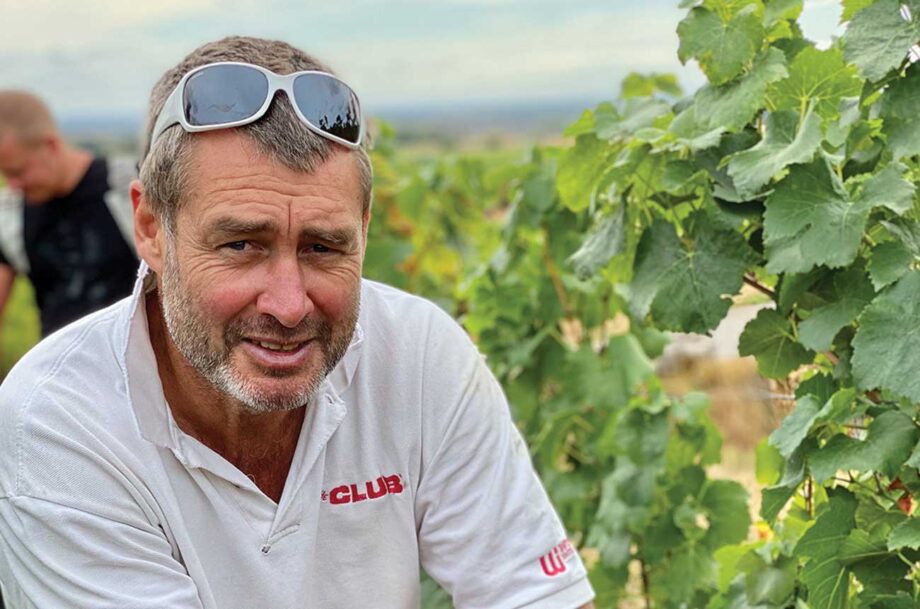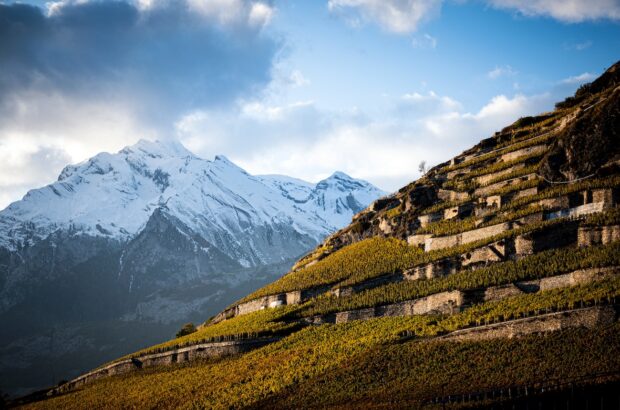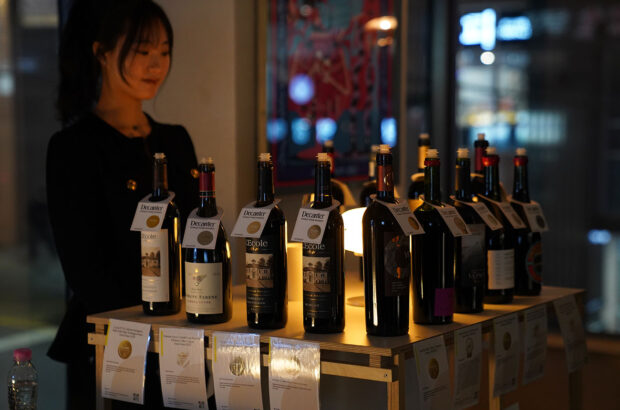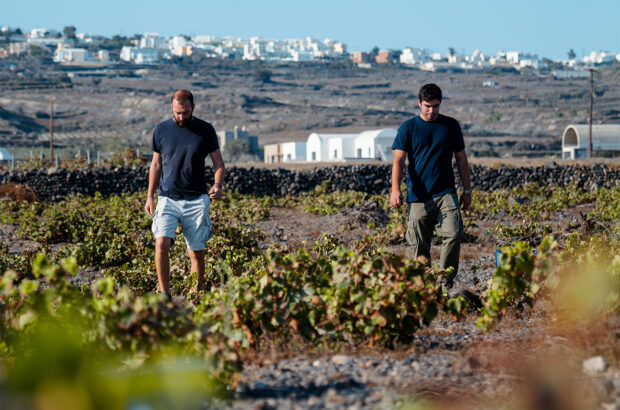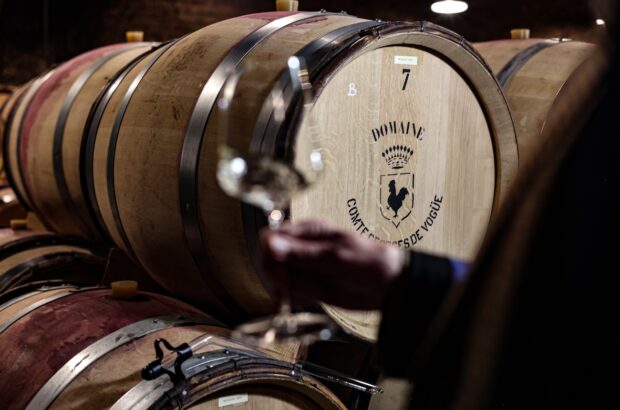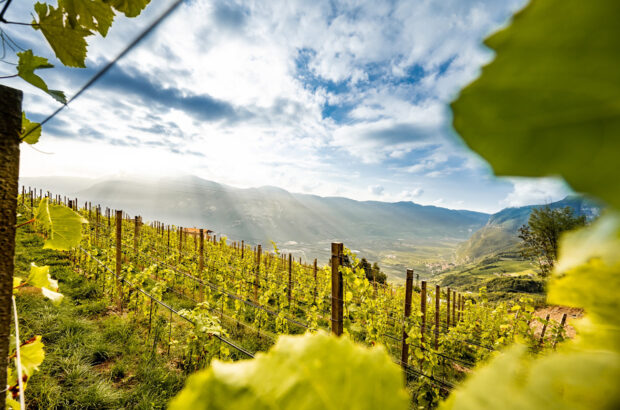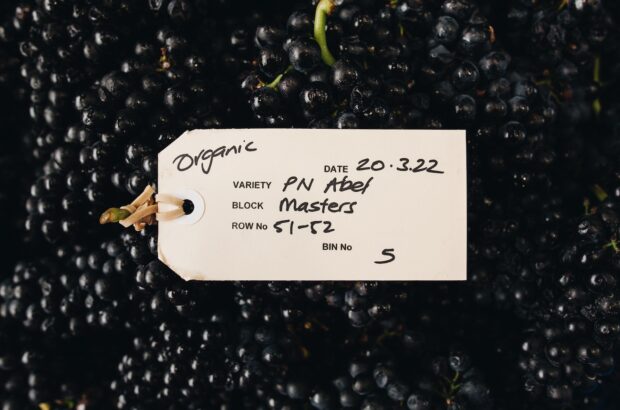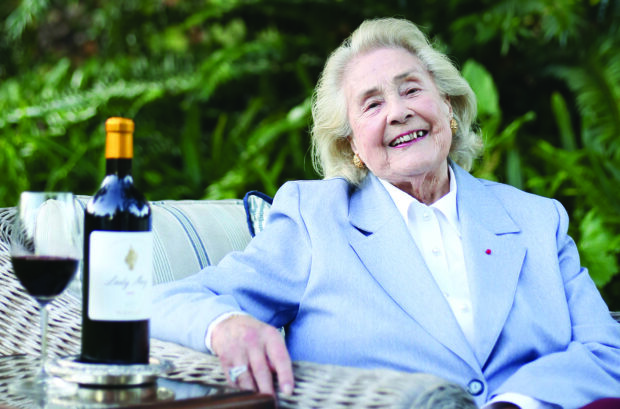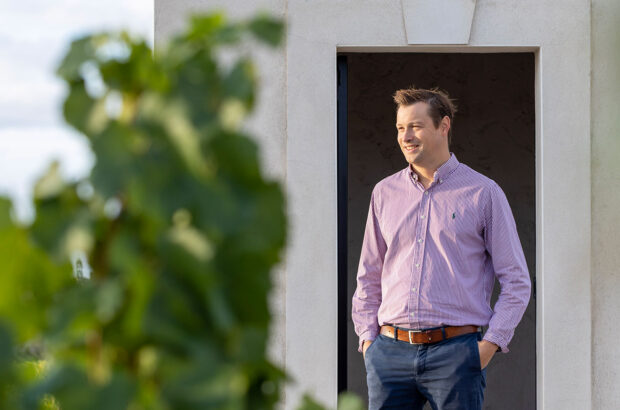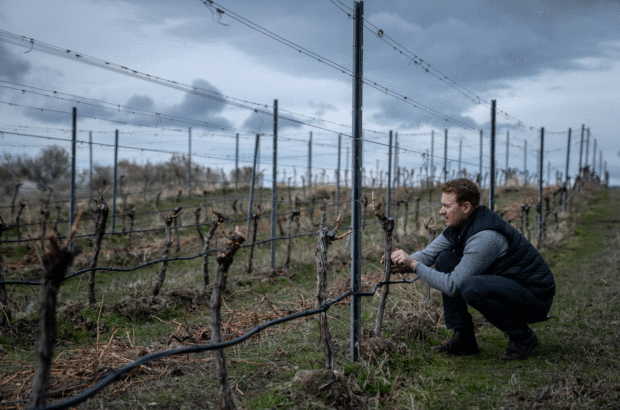Haisma worked for a decade at Yarra Yering winery in Victoria, Australia before moving to Burgundy in 2007. His micro-négociant Gevrey-Chambertin wines quickly found a cult following and his success enabled him to acquire two hectares of vines in Gevrey and plant a further 2ha in Mâcon. He also makes wine in Cornas in the northern Rhône, and helped to launch Dagon Clan winery in Romania.
Yarra Yering’s owner and winemaker Dr Bailey Carrodus loved Shiraz, and my love for the grape was born there. You come to love a grape for many reasons, and ours was through drinking it – we drank it regularly and widely, including the great French, US, South African and Australian expressions.
When I moved to Burgundy in 2007, I asked a guy I knew in Cornas whether he could find me some fruit – that was the start of my French adventure with the grape. I’ve been working with the same grower ever since. An Aussie not making Shiraz is an Aussie lost! My first vintage (2009) was made from barrels that I bought and blended. The first vintage that I vinified myself was 2010.
Fast forward to 2016, when I planted my first vines in Burgundy – in the northern Mâconnais. My intention was to grow Chardonnay and I did, and it’s lovely. But a little corner took my fancy, and I decided to plant 0.3ha of Shiraz there. I didn’t foresee the complications and furore it would lead to. But let’s shake the tree hard and see how the apples fall – I like being naughty. The land was AOC Mâcon but the Shiraz has to be labelled as Vin de France, so I had devalued the land. I decided to call it Shiraz rather than Syrah because it’s so outside of what is normal that I don’t see the point in using the French term.
I’m never going to be a seventh-generation, seven grand cru-owning Burgundian. And the Shiraz project will be my most enduring, lasting piece of work – even though it’s a tiny project alongside my main business. The first vintage of the Shiraz was 2022, and it included 10% Gamay in the mix, from a separate 0.2ha plot of Gamay. You can see it a bit in the character of the wine, but the Shiraz is dominant. From the 2023 vintage onwards, I’ve gone with straight Shiraz.
When you carry out an experiment in science, you make a hypothesis and then prove or disprove it. My question is, ‘can we consistently ripen Shiraz in this northern climate?’ It might take a lifetime to answer it, but when we ask a question in viticulture, we don’t look for an immediate response. Planting decisions don’t realise the benefits for 20 years. By ripen, I mean phenonically ripen, not sugar ripen – we’re never going to get 14% here. But the warmer climate means we can let the fruit hang for longer, allowing flavours to develop.
I’m not suggesting that Gevrey-Chambertin is replanted with Shiraz – we could never afford to do that. But should Burgundy be looking at other varieties, in corners of the region that are becoming too hot? Look at what Bordeaux has done. One of the most strait-laced wine regions there is, yet they’ve ripped up the rule book and allowed struggling vintners in Entre-deux-Mers to earn a living by growing a whole bunch of different varieties. Let the young decide what they want to grow, make a new version of Bordeaux and target it at younger drinkers. In Australia, obviously, you plant what you like, when you like, where you like, as long as the label on the bottle tells you what’s inside.
Locally, the response to my planting of Shiraz was figuratively pitchforks at the end of the road. And bewilderment. We used the traditional trellising system for Shiraz, so the vines even looked out of place. Local growers said we’d never sell it and it would never work. As for the consumer, we see two different reactions: there’s the traditional Burgundy drinker who won’t look beyond Pinot Noir, and the inquisitive, open-minded drinker who loves the idea.
I don’t need approval from anyone – the authorities can’t do anything about it once you’ve declassified the land. But I’m disappointed that the move hasn’t started a serious conversation – it’s like talking to a brick wall. Climate change is the elephant in the room. We’re taking an awkward step into the unknown, and we can’t ignore what’s happening around us.
Imagine trying to plant Shiraz in Burgundy in the 1940s, ‘50s or ‘60s – it would’ve been a complete waste of time. What did the best northern Rhônes taste like back then? We don’t have the same soils here – our soils are not granitic – and we’re not trying to make Côte Rotie, but climate change might mean that the Shiraz we’re making in Burgundy today achieves the alcohol levels of the wine being made in the northern Rhône back then.
Our job as grape growers is to adapt – we have to learn to work in a changing environment. It’s a climate of extremes now, and soft intermediary ground is a rarity – it’s either sodden and wet or brutally dry. The more gentle, rhythmic weather patterns have gone. That said, climate change is not my primary motivation for growing Shiraz in the Mâconnais – I did it because of the emotional pull to the variety, and for the pure excitement of going against the grain. We’re not selling the wine cheaply, and obviously it’s important that the wine is good – otherwise the exercise is a failure.


